-
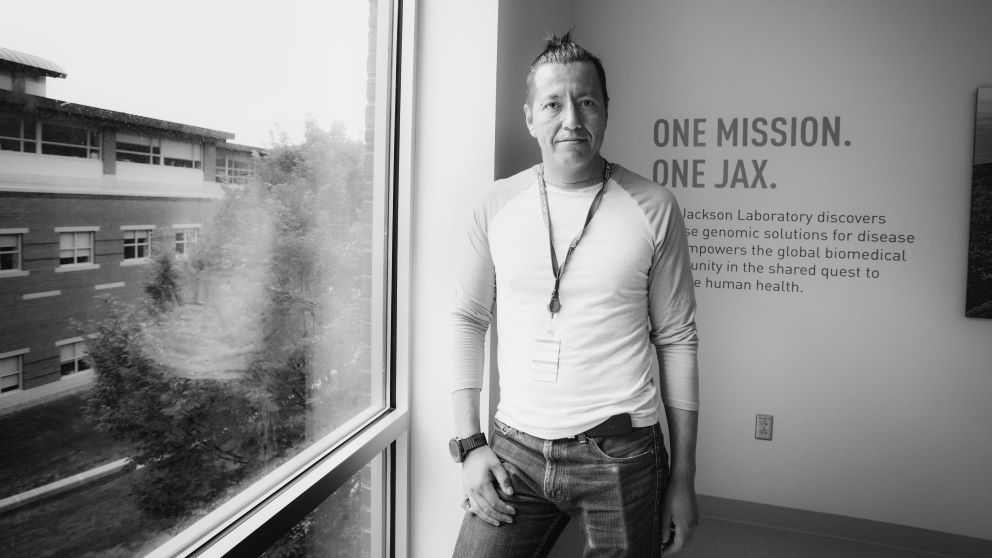 Featured ArticleApril 23, 2024
Featured ArticleApril 23, 2024Dan Cortes: gearing up for discovery
Dan Cortes multifaceted journey has led him to pioneering stem cell research within the Pera lab, where he explores the intricate genetic landscape underlying neurological diseases and disorders. -
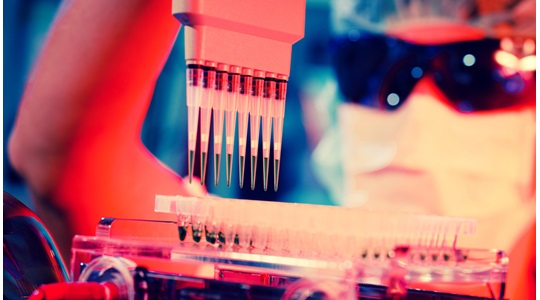 Research HighlightOctober 20, 2020
Research HighlightOctober 20, 2020From one cell to trillions: Exploring early development
JAX researchers are probing the mysteries of pluripotent stem cells; the earliest stages of life. -
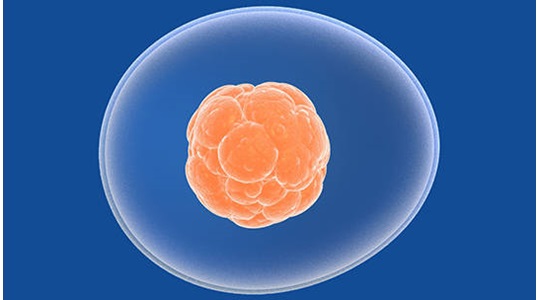 Research HighlightMay 15, 2020
Research HighlightMay 15, 2020Improving stem cell cultures with ESR
Human pluripotent stem cells have enormous potential as research tools and as a platform for creating new therapies for intractable medical conditions. -
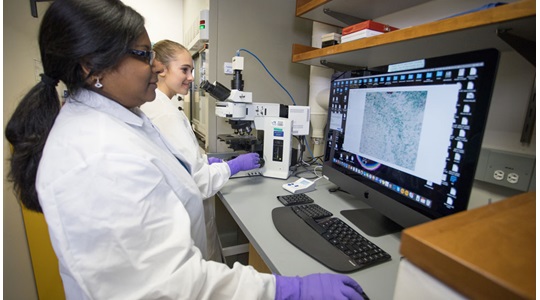 Search MagazineOctober 11, 2019
Search MagazineOctober 11, 2019Sherlock Holmes of the inner ear
JAX scientist Vidhya Munnamalai investigates the complex puzzle of cochlear development in an effort to cure hearing loss.
-
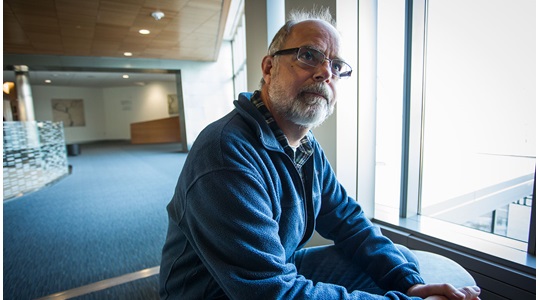 Search MagazineOctober 26, 2021
Search MagazineOctober 26, 2021Reshaping brain cells for Alzheimer's study
By isolating and reprogramming brain cells with dementia-causing genetic mutations, a team at JAX offers a powerful new research tool. -
 Search MagazineSeptember 07, 2020
Search MagazineSeptember 07, 2020Mighty Mice stay mighty in space
In a paper published in the Proceedings of the National Academy of Sciences, researchers show that JAX Mighty Mice stayed relatively mighty during their time in microgravity, while the normal control mice lost considerable muscle mass and bone density. -
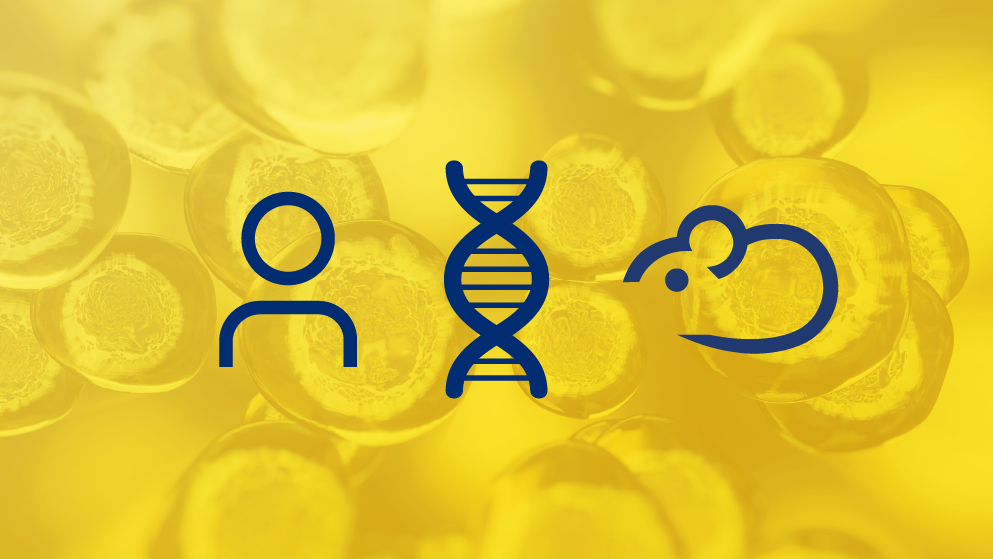 Blog PostApril 21, 2020
Blog PostApril 21, 2020CD34+ Hematopoietic Stem Cell Humanized Mice: The Basics
Humanized mouse models serve as an innovative and cost-effective platform to simulate trials, evaluate multiple drugs alone or in combination, and produce predictive data. But, there are a number of questions that frequently arise with this model. Here are some of the more frequent questions and answers to using CD34+ hematopoietic stem cell humanized mice. -
 Research HighlightJanuary 04, 2018
Research HighlightJanuary 04, 2018The state of the science in culturing totipotent stem cells
A review in the journal Cell Stem Cells by two JAX scientists reports on the latest efforts to isolate and culture the elusive populations of stem cells that most closely resemble very early (two-cell stage) totipotent cells.